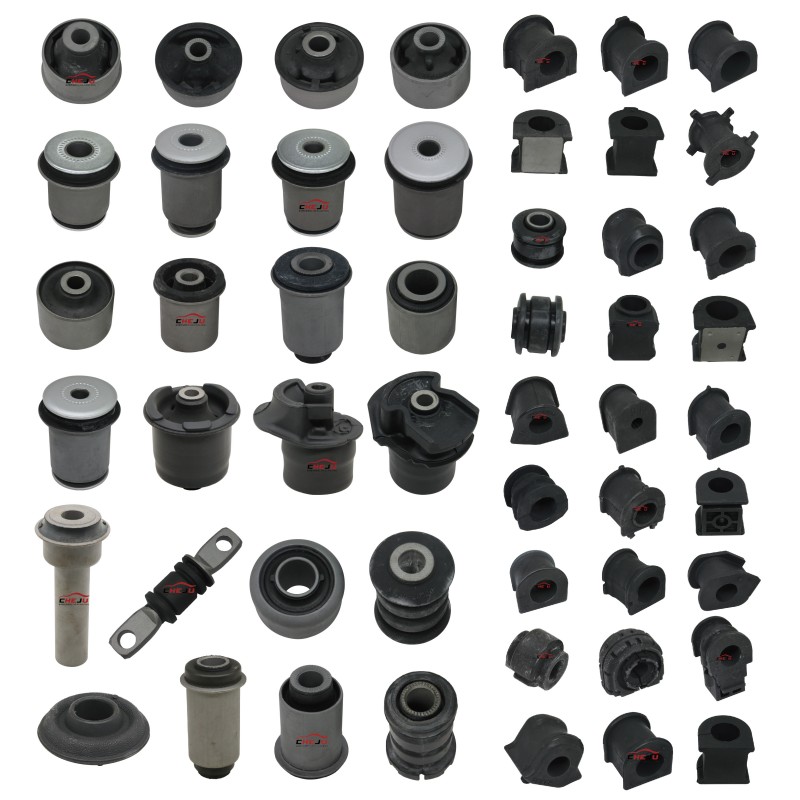As an important elastic element, rubber bushings have a wide range of application value in industrial production and mechanical engineering. Its unique physical properties enable it to effectively absorb vibration, isolate noise and buffer impact in different scenarios. For example, in the automobile suspension system, rubber bushings are embedded between connecting parts, and the vibration transmitted to the car body by road bumps is reduced through elastic deformation, thereby improving ride comfort and component life. This design not only alleviates the friction loss between metal components, but also can adapt to changes in different temperatures and environmental conditions.
In the field of industrial machinery and equipment, rubber bushings are often used in the joints of large machinery, such as stamping machines, crushers and other heavy equipment. By installing rubber bushings on the contact surface of moving parts, the noise pollution during equipment operation can be significantly reduced, while avoiding fatigue fracture of metal parts caused by high-frequency vibration. The application of rubber bushings is also indispensable in the field of rail transportation. The connection device between the train bogie and the car body adopts a multi-layer rubber bushing structure, which not only ensures the stability of the train, but also effectively filters the vibration energy caused by the uneven track.
In the shipbuilding industry, rubber bushings are integrated into the connection between the propulsion system and the hull. Their corrosion resistance can resist long-term erosion by seawater, while their elastic support function can weaken the conduction of vibration waves generated when the propeller is running. With the advancement of material technology, modern rubber bushings have further improved their anti-aging performance and load-bearing capacity by adjusting the polymer ratio in the formula, making such components begin to play an important role in the fields of aerospace precision instrument shock absorption systems, building seismic isolation bearings, etc., fully demonstrating the key position of elastic components in engineering structure optimization.


